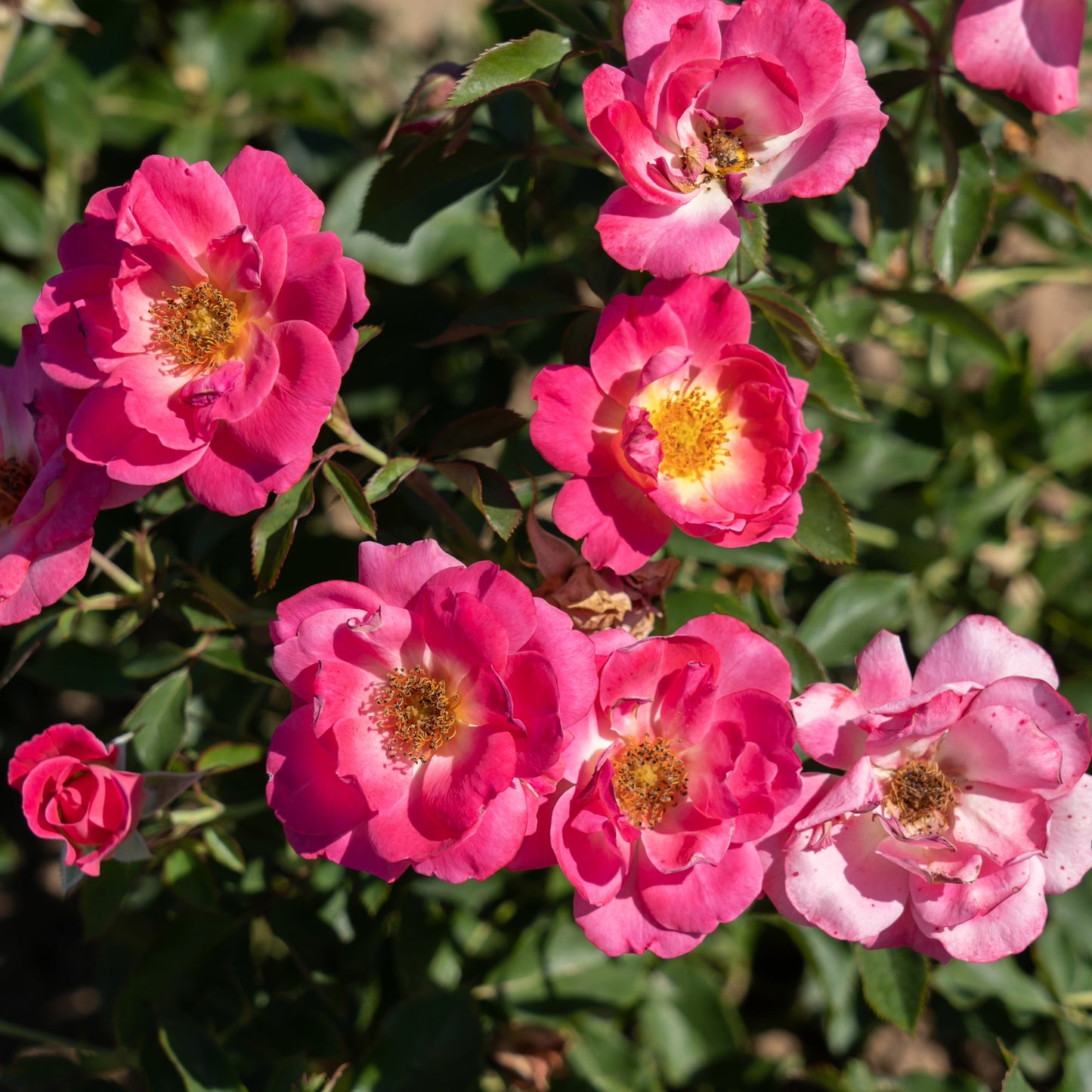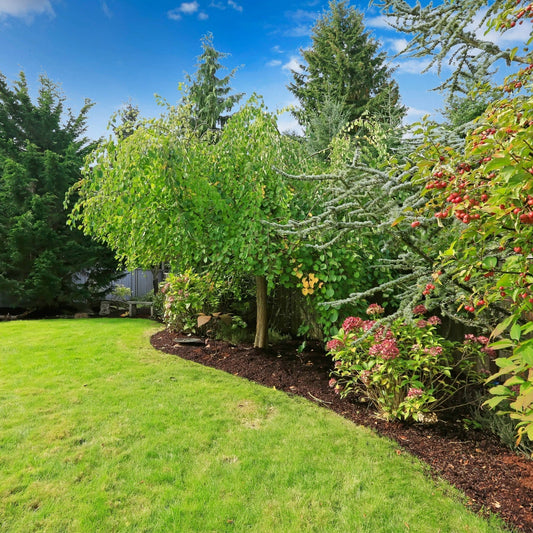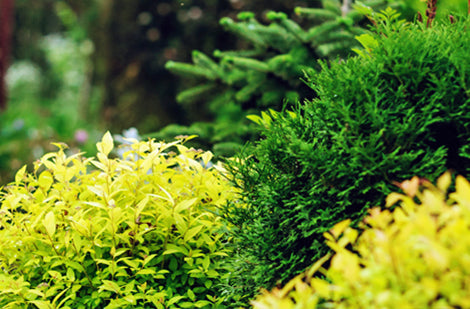Rosa AURORA BOREALIS®
Rosa Aurora Borealis® – 'Aurora Borealis' Rose (49th Parallel Collection)
Rosa Aurora Borealis® – 'Aurora Borealis' Rose (49th Parallel Collection)
Exposure
- Sun
Rusticity
Bloom time
- June
- July
- August
- September
- Hardy rose, Zone 3
- "Sunset" pink coloured flowers
- Continuous, self-cleaning blooms
- Very disease resistant
- Upright, vase-shaped port
'Aurora Borealis' is a remarkable introduction from Vineland's 49th Parallel Collection, a series designed to simplify rose growing for all gardeners. This shrub captures the splendour of the northern lights with its spectacular flowers. Despite the diversity of roses in this line, fundamental characteristics like exceptional hardiness and disease resistance remain similar, ensuring reliable performance even in difficult climates.
Characteristics
- Foliage: The plant develops glossy, dark green deciduous foliage, which provides a perfect backdrop for the blooms and demonstrates excellent health.
- Flowering: It continuously produces, from summer to fall, clusters of 4-7 double flowers. The lightly scented flowers display a complex and changing colour of vibrant "sunset" pink, with orange hues and a yellow center. Furthermore, it is self-cleaning, which reduces maintenance.
- Light: It demands full sun (6+ hours) to deliver its best performance and maximum flowering.
- Habit: It forms a shrub with an upright, vase-shaped habit, reaching about one metre in height and width.
- Growth: With a fast growth rate if pruned annually, it establishes well to form a good-sized shrub.
- Moisture: It requires average watering, especially during dry spells.
- Soil: It thrives in moist, slightly acidic, well-drained soil, but also adapts to clay or sandy soils. It does not tolerate soggy soil.
- Hardiness: Exceptionally hardy, it faces Zone 3 winters. A good snow cover protects it; exposed branches may experience dieback.
- Watering: It tolerates drought once well-established, but regular watering during dry periods promotes better flowering.
- Resistance: It possesses excellent resistance to black spot, particularly when planted in good conditions (sun, air circulation).
Uses
- Types of Use: Its versatile size makes it ideal for beds, borders, or as a specimen. It is elegant enough to be the focal point of a landscape design.
- Ornamental Features: The main spectacle comes from its multicoloured flowers that animate the garden all summer. In the fall, it produces orange-red rosehips, which are both decorative and edible (rich in vitamin C).
Care
- Fertilizing: Apply a rose fertilizer in the spring to support its vigorous growth. A mulch at its base helps to retain moisture and protect the roots.
- Pruning: In early spring, prune the shrub to about 15-25 cm (6-10 inches) from the ground to remove dry tips and old hips, and to encourage a dense, attractive shape. Although it is self-cleaning, deadheading faded flowers can encourage even faster reblooming.
- Planting: Choose a sunny location that is protected from prevailing winds (north and west) for best results.
Plant details
Dimensions
Dimensions
Characteristics
Characteristics
Habit:
- Vase-shaped
Flowering colours:
- Pink
- Orange
- Yellow
Plant needs
Plant needs
Watering:
- Tolerates dry, well-drained soil
Maintenance:
- Easy
- Pruning in spring
Soil requirement:
- Rich soil
- Fertile
- Moist
- Well-drained
Features
Features
Resistance:
- Cold
- Diseases
Attract:
- Bees
- Pollinators
Use:
- Clumps
- Borders
- Flowerbeds
- Isolated
- Cut flowers
Attribute:
- Exceptional coloring
- Long flowering
- Cut flower
- Successive flowering
- Self-cleaning



Related articles
-

Trees and shrubs for small space landscaping
Read the articleHaving an exceptional garden is possible, even in the city! Discover our selection of trees and shrubs perfect for small lots, and transform your outdoor space into a green oasis.
-

When and how to plant shrubs: successful planti...
Read the articleDiscover our complete guide to mastering shrub planting and care. Learn the best planting times, essential techniques, along with tips for watering, fertilizing, and managing common issues. Our practical advice...
-

Choosing shrubs to plant
Read the articleIn exterior design, shrubs represent furniture. They set the scene and set the tone for the flower bed. Shrubs constitute the living architectural elements of the landscaped garden. As proof,...
-

Shrubs: beautiful all year long
Read the articleLe grand choix d’espèces fournit l’occasion de varier les formes, les feuillages, et de créer des floraisons successives, bref, de composer un jardin magnifique à longueur d’année. Pour toutes ces...











